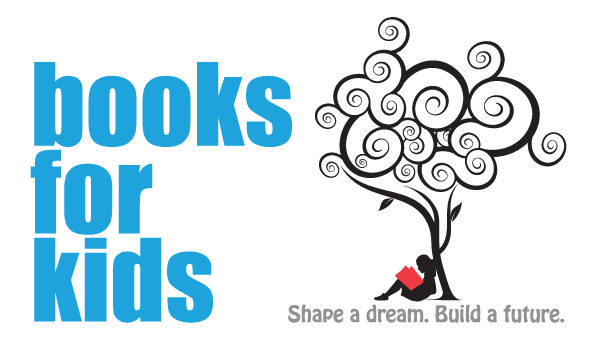Thank you for over thirty wonderful years of reading and learning together. BFK has closed its doors.
Read More

Why Early Literacy?
Reading empowers children to discover their interests and develop the skills they need to pursue them.

Supporting a child's emergent literacy is essential.
Studies have shown that middle-income neighborhoods have an average of 13 developmentally appropriate books available per child. In low-income neighborhoods, there is just 1 developmentally appropriate book for every 300 children.*
"Children who are behind in reading by third grade are four times as likely to dropout of high school as a child meeting their reading standards."
- Annie E. Casey Foundation
There are many reasons why books are scarce in under-resourced communities. New books can be expensive. Schools lack funding or space for their own libraries. Public libraries are facing funding cuts or are too far away. The years before age five are when so much of a child's brain develops, and a scarcity of books during these years has devastating consequences. By the age of 4, children without plentiful access to books are already behind their peers, which means that intervening before their developmental trajectory is set is critical. If they are still behind by third grade, they are at risk of failing to graduate from high school. Reading increases language and critical thinking skills, builds vocabulary and phonemic awareness, and strengthens social and emotional learning. Reading print books even helps children develop necessary fine motor skills. These personal, narrative, and language skills are vital to success in school and beyond.
Disparities in
Early Reading & Learning
01/
Too many children are already behind.
According to the Nation’s Report Card, only 35% of fourth graders were proficient in reading in 2019. And children of color on average have even lower levels of proficiency when compared with their white peers, revealing a deep, systemic disparity.
02/
Children of color face tremendous barriers to receiving a high-quality early education.
According to The Education Trust, a study analyzing 25 states and D.C. found that only 1% of Latino children and 4% of Black children are enrolled in high-quality state-funded preschool programs. As their education progresses, we have seen time and again that Black, Latino, and Native American children routinely face the poorest educational outcomes and are disproportionately affected by disciplinary measures.
03/
There is a lack of adequate funding for the most critical years of a child's development.
According to the High Scope Educational Research Foundation, roughly 85% of the brain’s core structure is formed by age 3, yet the majority of investments in education don't begin until age five. Substantial monetary and social support for young children and their families pays incredible dividends later in life.
* Neuman, Susan B. and David K. Dickinson, ed. Handbook of Early Literacy Research, Volume 2. New York, NY: 2006, p. 31

Early intervention leads to lifelong benefits
By creating positive experiences with reading and learning from the earliest ages, we have a chance to mitigate the effects of early trauma where it exists and prevent the very real possibility that a child may never achieve minimum proficiency in school. When children grow up to be literate adults, they are better able to have agency over their lives, advocate for themselves, and create the world that they wish to see for themselves and others.
